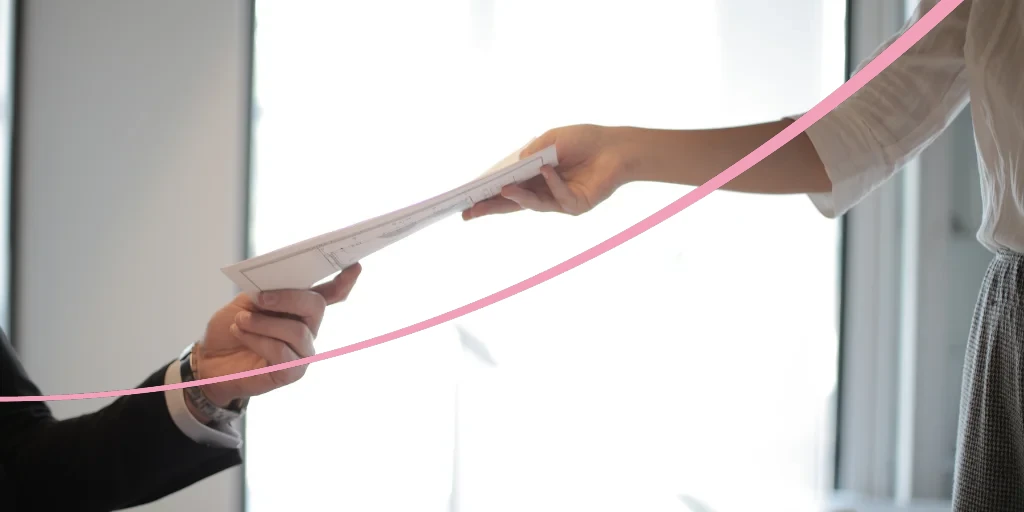Circumstances sometimes require changing who benefits from a person’s will after their death.
Vicki Gulliver, an associate in Lodders’ Private Client team and a specialist in advising clients on wills, Lasting Powers of Attorney (LPAs), and the administration of estates, explains how a deed of variation could and should be used.
What is a deed of variation?
A deed of variation (sometimes known as a deed of family arrangement) is a document where someone who is entitled to assets from an estate (the deceased’s money, property, and possessions) changes where those assets end up, directing them to another beneficiary.
Rather than disclaim their entitlement in the estate, the ‘original’ beneficiary can instead determine who receives those assets in their place. The ‘new’ beneficiary does not need to have known the deceased and does not have to be related to the original beneficiary who is making the variation.
A deed of variation can be used to vary the entitlement under a will or to vary the entitlement of a beneficiary under the intestacy rules when someone dies without a will.
Why use a deed of variation?
There are several reasons for using a deed of variation and they can be highly effective tax planning tools. Here are a few examples:
1. Passing assets to the next generation
One reason for using a deed of variation might be to pass assets down to the next generation. If the variation includes the correct tax statements, this can be done in a tax efficient manner.
For inheritance tax (IHT) purposes, a deed of variation, on the face of it, amounts to a transfer of value by the original beneficiary. However, providing you meet four conditions (detailed below*), the transfer is treated as though the deceased made it (according to Section 142 of the Inheritance Tax Act 1984). Through this ‘writing back’ provision, the will or intestacy rules are construed, for tax purposes, as though the new beneficiary had been included from the start.
2. Redirecting assets to a trust
The original beneficiary may wish to redirect their entitlement to a trust which serves to ‘ring-fence’ assets by setting out a class of potential beneficiaries. This might allow flexibility and protection for the future use of family wealth.
There are some complex points to consider when creating a trust by way of variation, so it is important to be aware of the traps and look for professional advice. For example, the person putting assets into the trust will still be the original beneficiary for capital gains tax (CGT) purposes.
3. To reduce the inheritance tax payable by the estate
A beneficiary may also wish to redirect their inheritance to a charity or charities. If this is done through a deed of variation rather than the original beneficiary making the gift, and providing the deed includes the correct tax statements, this may have the effect of reducing the IHT in the deceased’s estate. This is because the portion of the estate which then passes to charity should be exempt for IHT purposes.
Also, if the redirection to the charity results in 10 percent of the deceased’s net estate passing to charity, the estate may qualify for the reduced rate of IHT (36 percent as opposed to 40 percent).
4. To compensate a person who has in some way ‘lost out’
A final example of why you might use a deed of variation is to compensate someone who has ‘lost out’ by not inheriting under the terms of the deceased’s will (or the intestacy rules).
As mentioned above, the new beneficiary does not have to have known or even been liked by the deceased, but they can be included in place of/alongside the original beneficiary should the original beneficiary wish them to be. As such, variations are also often used to settle potential claims.
How does a deed of variation work?
Once prepared, the deed must be executed by the original beneficiary, as they are the person varying their entitlement. If the deed results in the payment of additional IHT, then the personal representative(s) (who is responsible for managing the deceased’s estate) must also be party to the deed. However, it is often good practice to keep the personal representative(s) informed and have them sign the deed regardless.
For the deed of variation to be effective for IHT and CGT purposes, the *four conditions which must be met are:
1. It must be made within two years of the date of death (and this cannot be extended)
2. It must be in writing (in practice, a deed is usually used)
3. It must not be for money or money’s worth
4. It must include a statement of intent for the rewriting effect to apply for IHT and CGT.
You need to consider a deed of variation from all tax angles as it is not always the case that it is to be written back and treated as if made by the deceased for both IHT and CGT. It may be that it should be written back for one tax but not the other.
If the deed is not written back for CGT purposes, the disposal is made by the original beneficiary. In these circumstances, the new beneficiary might acquire the property in question at a higher value than at the deceased’s death.
You can still make a variation where the original beneficiary has already taken the property from the estate. However, the variation can only redirect the asset in question once.
It is important to note that a deed of variation does not work for income tax or stamp duty land tax purposes.
What are the advantages of a deed of variation?
One of the main advantages of a deed of variation is the opportunity to secure some sort of tax advantage. For example, consider the original beneficiary’s personal estate is edging towards their own inheritance tax nil rate band allowance and they want to pass these assets down the generational line. Using a deed of variation can enable them to pass the assets on without making a Potentially Exempt Transfer for IHT purposes, consequently avoiding a charge to IHT on the gift in their own estate if they do not survive for seven years from the date of the gift.
Using a deed of variation to settle a claim under the Inheritance (Provision for Family and Dependants) Act 1975 could avoid costly litigation. The deed could also assist in reaching a compromise where there is contention over the provisions of the will.
To achieve its aim, it is always important to remember the time limits and requirements for incorporating the correct tax statements for a deed of variation to be effective as intended. If done correctly, they offer a great deal of flexibility and scope for tax planning.
This article first published on The Gazette, the UK’s official public record, here.
Contact us
Read more
Other news, insights and events








